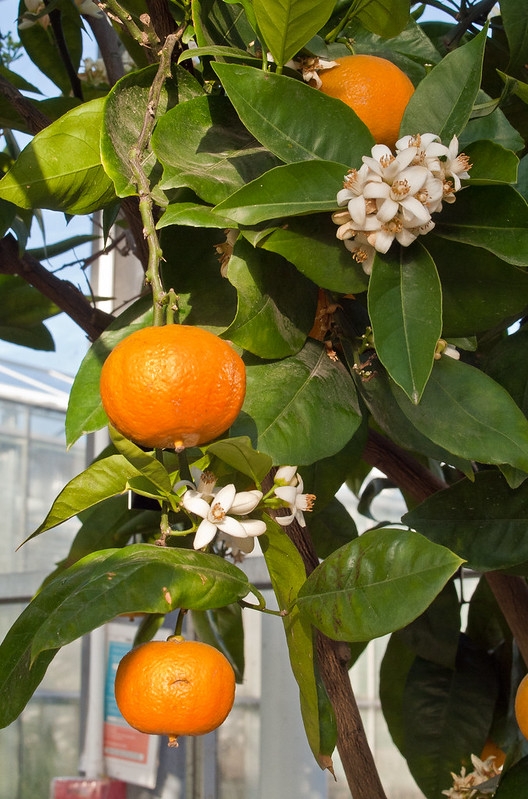In the April Garden
Each year the blossoms in Solano County seem to be more bountiful. But this year we are being treated to the most beautiful and bountiful showing of all. Set against our rain induced greener- than-ever hills and valleys, the blossoming trees and shrubs are certainly a harbinger of wonderful things to come.
Many of those blossoms will soon satisfy our dreams of fresh, local, tasty fruit to follow. Blossoms usually appear first on the stone fruits: nectarine, cherry, plum and peach. They are soon followed by apples and pears. And then we can expect the citrus to spring forth with new growth—their small buds opening to exotically fragrant flowers.
Fruit trees are great pollinator plants, attracting honeybees as well as our native mason and miner bees. They can be used in any garden situation, including an edible landscape. Think about an evergreen citrus used as a screening hedge or as a foundation planting. Or espaliered fruit trees adding great interest to a garden, while being great space savers as well as providing delicious fruit. It's fun to cut small branches with blossoms of deciduous fruit trees such as peach, plum or cherry, put them in a vase and watch them fully open and then leaf out right in your house. Citrus branches can be used as filler in flower arrangements—and just think of the fragrance they provide!
To keep all this beauty and bounty going, it's important to remember to tend and promote all of the plants and trees in your garden for this season and seasons to come. Here are a few tips to keep our April gardens healthy and “fruitful”:
- Thin the crops on fruit tree and grape vines to get larger, higher quality fruit.
- Wait until the soil temperature reaches 6- degrees and night time temperatures are consistently above 50 degrees to plant vegetables—usually later in the month.
- Provide protection for young vegetable seedlings and transplants if the weather turns cold.
- Fertilize rhododendrons, azaleas and camellias with an acid-based fertilizer throughout April-June,
- Trim flowers, but not leaves from bulbs. Allow foliage to die naturally. Keeping foliage promotes the bulbs' ability to produce and store energy for next year's blossoms.
- Cut back or deadhead perennials after flowering to promote health and new blossoms.
- Remember those outdoor planters and refresh with new potting soil every 2-3 years.
- April is the time to begin watching our roses for powdery mildew, black spot or rust. Avoid overhead irrigation to keep foliage dry and prune the roses to increase air circulation.
- And, finally, with all this beauty, our unwanted guests—spring pests need to be attended to. Watch for ants, aphids, earwigs, mosquitos, slugs and snails and deal with them as soon as you spot them.
Soon the rains will end, and the sun will beckon us back out into outdoors. It will be a time of magic and discovery as we uncover all the beauty and bounty that the gift of these rains has brought to each of us and to our April gardens.

Peach Tree Blossoms by gusdiaz is licensed under CC BY-NC-SA 2.0.

Pear tree blossoms on Fuji film by hz536nG eorge Thomas is licensed under CC BY-NC-ND 2.0.


